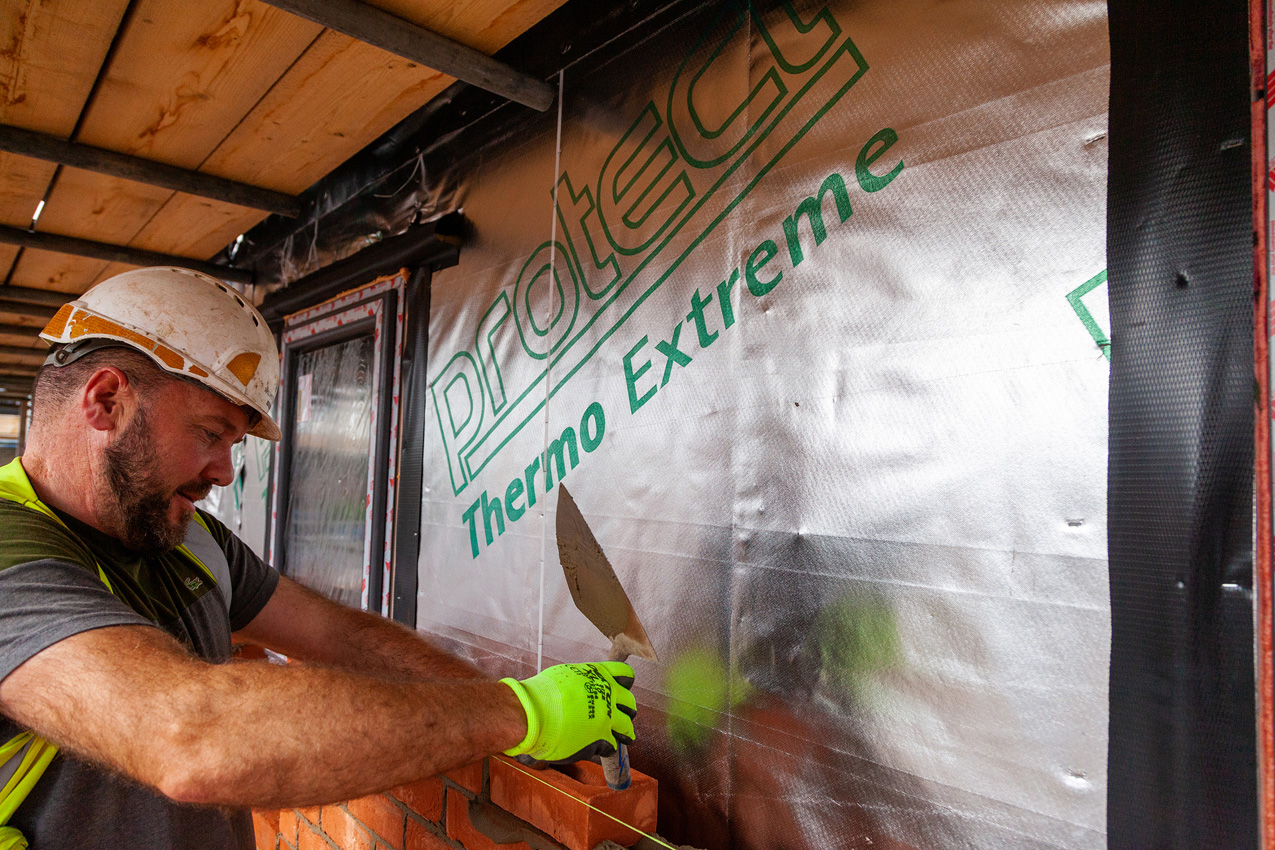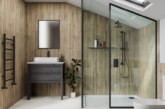With the Building Safety Act and Future Homes Standard on the horizon, along with the golden thread of information, manufacturers have a critical role to play in ensuring a safe and sustainable specification process, and data transparency is a way to provide added reassurance to clients. As John Mellor from Glidevale Protect suggests, this is a responsibility that must be shared by each member of the supply chain.
Successful construction projects are built on data. With hundreds of different manufacturers both in the UK and overseas, potentially involved in any given construction project, understanding the provenance of each material specified is complex and challenging.
Clarity: Honesty is the best policy
A lack of data transparency during construction can effectively widen the ‘performance gap’ of a building, so it follows that by sharing accurate information at every stage we can ensure that buildings are as energy-efficient in operation as they were designed to be.
With specifiers relying on the information manufacturers like ourselves release to them, it’s crucial to be upfront and honest about test results and the specific testing conditions employed to enable specifiers to make an informed decision. Transparent technical claims can have an impact on whether a product will pass or fail in situ which could affect everything from the energy efficiency to the safety of a building.
Compliance is not just about individual products in isolation but needs to factor in the entire system, including any related products or product variations. For example, reflective wall membranes should be tested to the required thermal and emissivity performance standards, claiming both aged and unaged thermal resistance ‘R’ value figures in order to help a specifier make an informed decision about performance in a worstcase scenario.
Glidevale Protect provides both aged and unaged thermal resistance values on our external and internal reflective membranes to demonstrate transparency and highlight any difference in performance levels. Aged thermal resistance values accurately reflect real life performance figures, take into account any logo that is printed on the low-emissivity surface and are based on the recommended fixing centres as detailed in the Structural Timber Association’s (STA) Advice Note 18 for external wall breather membranes.

Reliability: Get a second opinion from a third party
Providing reliable and substantiated technical information that is fully supported by trusted third-party accreditations gives added creditability to any claims being made as all performance results are independently checked and verified. This process offers specifiers a clearer view of how the products can help achieve compliance as part of the building as a whole.
It is also good practice for all manufacturers to clarify and verify technical data. Relying on UKAS accredited certification bodies such as BM TRADA is one of the best ways to guarantee compliance.
Specifiers can also look out for manufacturers like Glidevale Protect who are working to recognised standards such as ISO 9001 and ISO 14001, which are international standards that demonstrate a company’s ability to consistently provide products and services that meet customer, regulatory and environmental requirements.
Accessibility: Make sure data is readily available
It goes without saying that any product data should be made readily available and in an accessible format for all key stakeholders from architects to installers and end clients. We’re all working towards the same goal — to create healthy, sustainable buildings — and this relies on being open, collaborative and sharing data.
We’re continually reviewing our product information and installation guides, which are all freely available to download from our website along with digital BIM objects for many of our products, and all our specifications are written to be comprehensive and clear so that nothing gets lost in translation.
When it comes to data transparency, the supply chain is only as strong as the weakest link so it’s up to manufacturers to make sure they’re playing their part.
To access Glidevale Protect’s product information or to discuss how the technical team can assist you with your next project, please visit the website here.
Header image: The Protect TF200 Thermo and VC Foil Ultra construction membranes from Glidevale Protect being installed on a project. Image ©Matthew Nichol Photography










